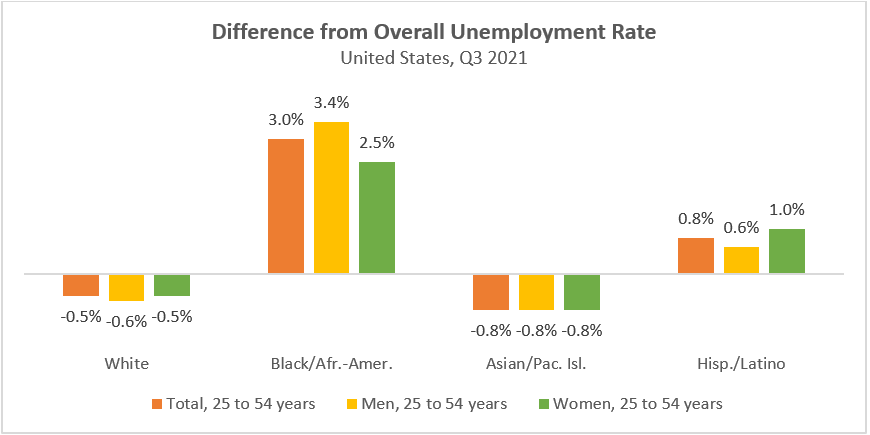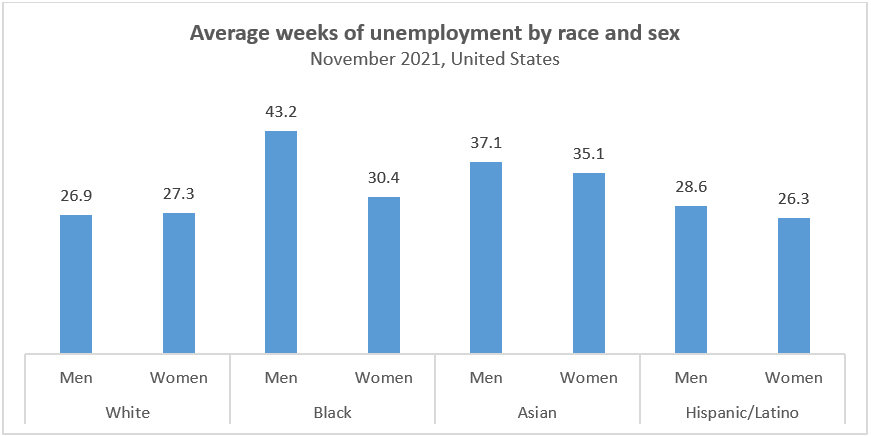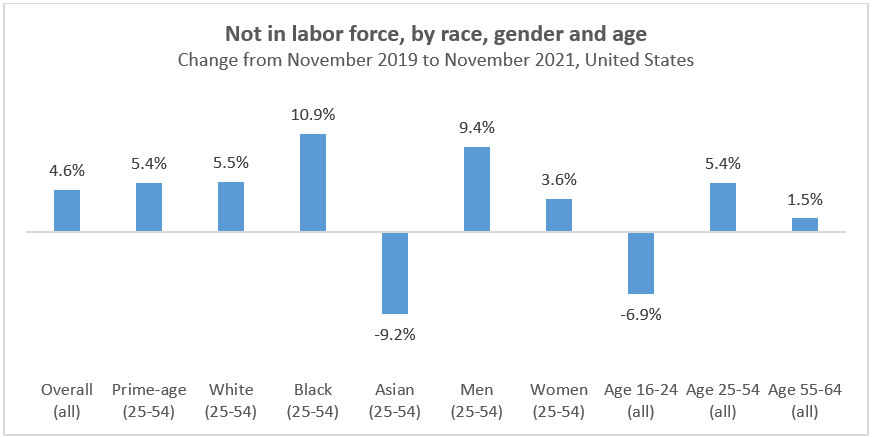Introduction
As we head into our third year of living with a pandemic, major parts of our state and national economies have stabilized – and some economic measures show the economy thriving. But while some individuals and corporations are prospering, many households and small businesses face enormous challenges.
Federal pandemic assistance through much of 2020 and 2021 helped many retain stability, but direct federal aid to households has now largely ended. Congress’s failure to enact the Build Back Better package in 2021, the resurgent COVID virus, and profound inequality all pose major threats to our state economy in 2022 – and add urgency to the job of Washington State legislators as they prepare to convene for a 60-day session on January 10.
Employment and the Labor Force
While unemployment continues to decline, there remains substantial room for improvement. Communities of color continue to face higher unemployment rates than their White counterparts. Many people who left the workforce during the pandemic and have not returned to work yet, and so are not officially counted as unemployed.
Washington’s seasonally-adjusted unemployment rate dropped to 4.7 percent in November 2021 – about half a percentage point higher than at the pandemic’s onset in February 2020 – as the economy continues to recover jobs in the midst of the ongoing COVID pandemic.
But the recovery in employment is not even across racial lines. This is a national as well as state phenomenon. As of October 2021, quarterly average unemployment rates for Black and Hispanic workers across the U.S. are 3.0% and 0.8% higher, respectively, than for White workers.[i] People of color are also experiencing longer durations of unemployment than their White counterparts: Black, Asian and Hispanic men are unemployed an average 16, 10, and 2 weeks longer. Black and Asian women are unemployed an average 3 and 8 weeks longer.[ii]

Source: U.S. Bureau of Labor Statistics

Source: U.S. Bureau of Labor Statistics
In addition, a significant number of “prime-age” workers (those age 25 to 54) have left the workforce, and so are not included in official unemployment numbers. As of November 2021, approximately 1.16 million (5.4 percent) fewer prime-age workers are in the labor force nationwide compared to November 2019.[iii] Among people of color, and men of all races, this decrease in labor force participation is even larger.
While around 5.5 percent (839,000) more White Americans are not in the labor force, among Black Americans the increase is 10.9% (365,000). Asian Americans (who are typically overrepresented in sectors which have seen recent employment gains) saw the number outside the labor force decline by 9.2% (169,000).[iv] There’s also a gender divide: among prime-age men of all races, 9.4% have left the workforce, compared to 3.6% of women. It’s also clear early retirement hasn’t been a big driver: those age 55-64 saw only a 1.5% increase in non-labor force participation, much less than the overall change.

Source: U.S. Bureau of Labor Statistics
Next: Part 2 – Business and Jobs
[i] U.S. Bureau of Labor Statistics, Table E-16. Unemployment rates by age, sex, race, and Hispanic or Latino ethnicity (quarterly average), https://www.bls.gov/web/empsit/cpsee_e16.htm.
[ii] U.S. Bureau of Labor Statistics, Table A-36. Unemployed status by age, sex, race, and Hispanic or Latino ethnicity (November 2021), https://www.bls.gov/web/empsit/cpseea36.htm.
[iii] U.S. Bureau of Labor Statistics, Series LNU05000060 (Not In Labor Force) for November 2019 through November 2021, data accessed 12/16/2021.
[iv] The U.S. Bureau of Labor Statistics does not publish comparable monthly data for other racial/ethnic groups, only annual data.
More To Read
August 10, 2021
New State Programs May Ease a Short-Term Evictions Crisis, but Steep Rent Hikes Spell Trouble
State and local lawmakers must fashion new policies to reshape our housing market
November 20, 2020
We Can Invest in Us
Progressive Revenue to Advance Racial Equity
